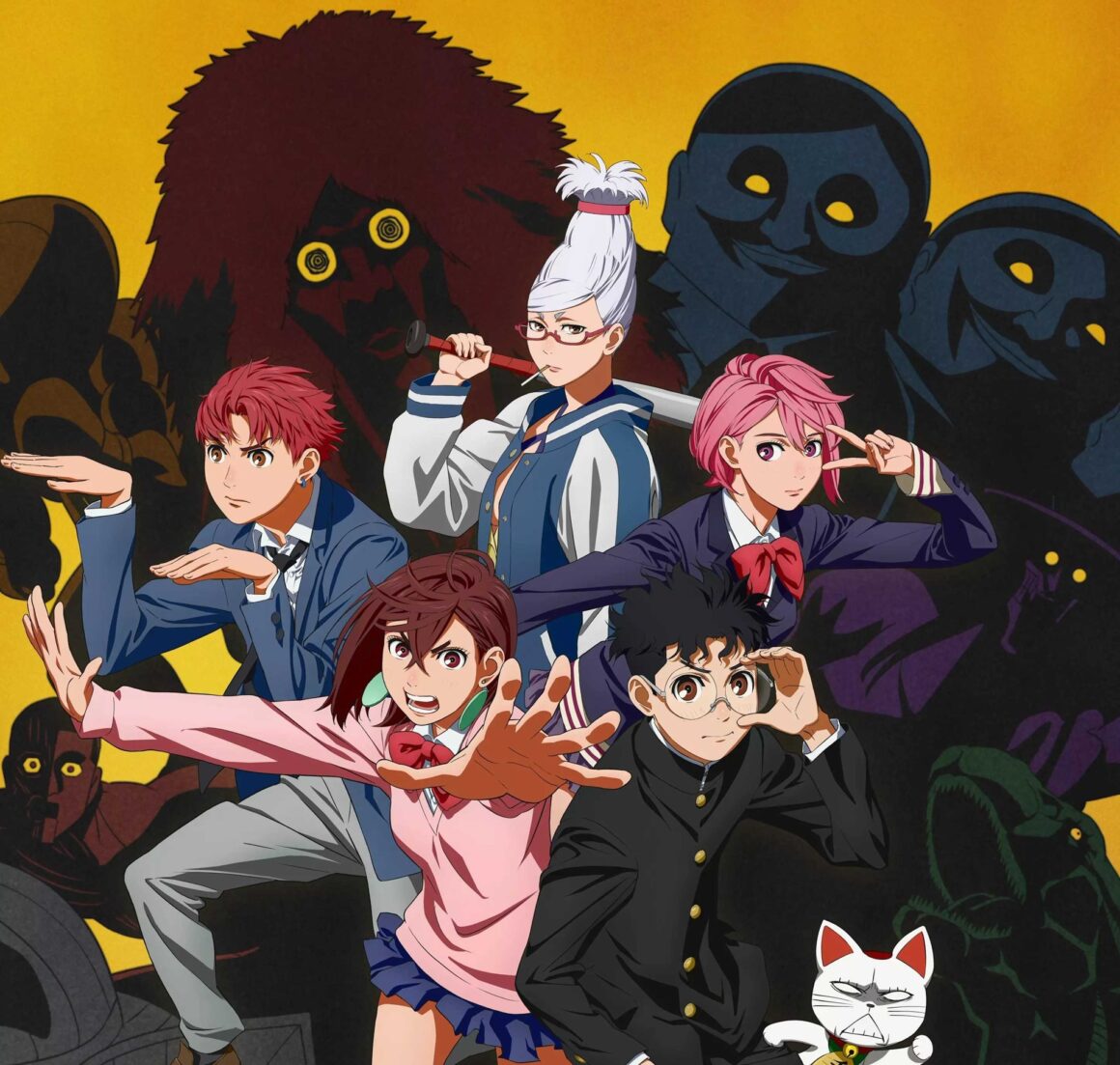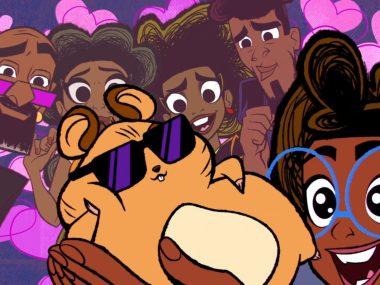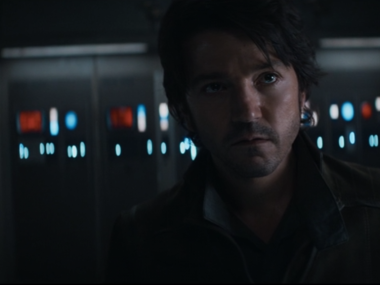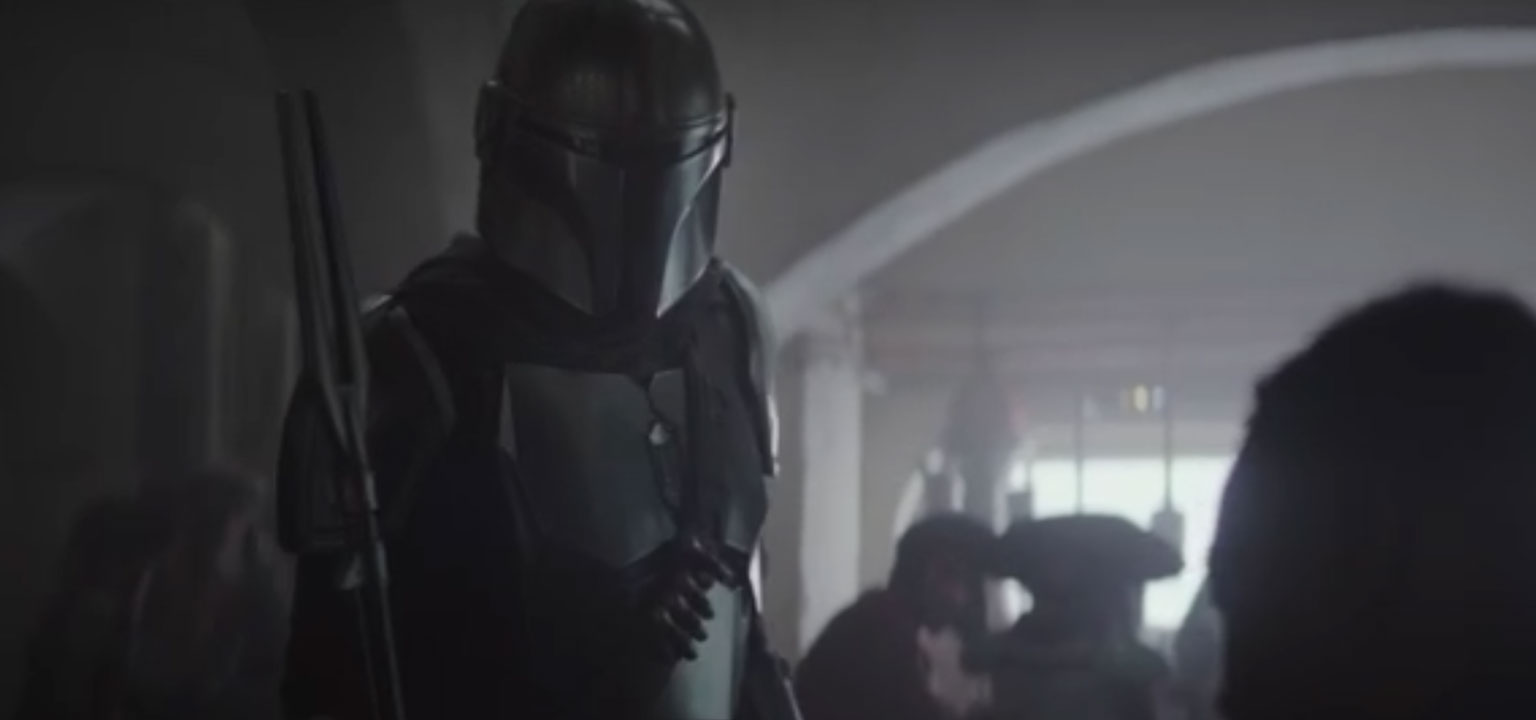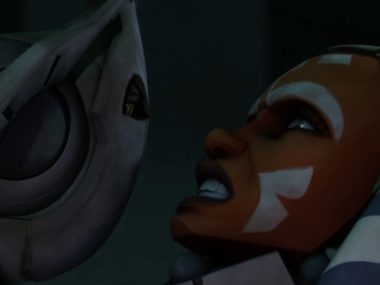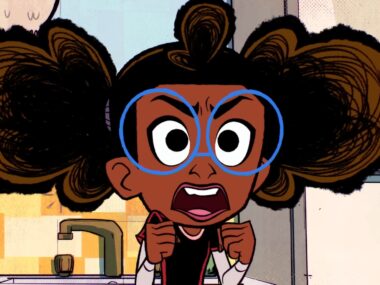Not every manga gets an anime that truly respects the source material. With Dandadan, the writers and producers seem determined to prove it can be done. Season 1 doesn’t rewrite the story or shuffle arcs around. It leans into the original structure, letting the manga’s wild mix of comedy, horror, romance, and chaos shine. When changes do happen, they feel more like enhancements.
The Story Arcs of Season 1
The anime covers the first several arcs of the manga in near-perfect chronological order:
- Turbo Granny Arc (Ch. 1–8 / Ep. 1–5): Our introduction to Momo and Okarun, two teenagers who stumble into the supernatural and get in way over their heads. Possessions, cursed body parts, and bizarre spirit chases set the tone here.
- Acrobatic Silky Arc (Ch. 9–17 / Ep. 5–7): A direct continuation that expands both the leads’ powers and their trust in each other. The “weird but charming” factor kicks up a notch, and the fights get flashier.
- Serpo Arc (Ch. 18–27 / Ep. 8–10): The aliens from the pilot join the chaos, and the stakes line between friendship and love begins to blur for Okarun and Momo.
- Cursed House Arc (Ch. 28–50 / Ep. 11–17): Season 1 ends right in the middle of this arc, which becomes the heart of Season 2. It introduces Jiji, a childhood friend of Momo, and the deeply unsettling Evil Eye antagonist.
Where the Anime Tweaks the Formula
Season 1 doesn’t break canon or skip major beats, but it does put its own spin on pacing, tone, and presentation.
Pacing & Presentation: The anime stretches out comedic and action scenes. What might be a few quick manga panels becomes an extended, colorful set piece in the anime. The crab spirit chase in the Turbo Granny arc is longer and more chaotic on screen.
Tone Shifts: The manga often slips into a gritty, sardonic vibe. The anime keeps the grit when needed, but generally opts for a brighter, more playful energy. Jokes get longer setups, reaction shots last an extra beat, and visual gags pop harder.
Expanded Action: Fights aren’t just adapted, they’re upgraded. The merge sequence between Jiji and the Evil Eye, for example, is far longer in the anime, giving us extra spectacle and a more dramatic reveal of power.
Minor Content Edits: Real-world references, like specific U.S. presidents or conspiracy theories, are swapped for fictional equivalents. It’s cleaner, less likely to age badly, and keeps the focus on the bizarre universe the characters inhabit.
Why It Works
By sticking to the original arc order and keeping all major plot beats intact, the anime earns the trust of manga readers. But by dialing up the humor, fleshing out fights, and leaning into the medium’s visual and audio strengths, it also becomes a standalone experience for new fans.
It’s the rare case where “faithful adaptation” doesn’t mean “page-for-page translation.” It means understanding what made the source great and then finding ways to make it hit even harder in motion.
Season 1 of Dandadan is proof that anime adaptations don’t have to choose between loyalty and creativity. You can honor the story you’re adapting while still making it sing in a new medium. If the Cursed House arc is anything to go by, season 2 is going to push that balance even further.
